Thermal imaging is transforming property inspections and valuations, giving you unprecedented insight into a building's hidden world. You'll detect moisture problems, insulation gaps, electrical issues, and structural defects invisible to the naked eye. It's a non-invasive method that quickly scans large areas, saving time and resources. You can assess energy efficiency, identify air leaks, and uncover pest infestations with remarkable accuracy. In real estate, thermal imaging boosts property values by providing concrete evidence of a home's condition and efficiency. It's also a powerful marketing tool, showcasing unique features and attracting potential buyers. Discover how this technology is reshaping the property industry.
Key Takeaways
- Thermal imaging detects hidden property issues like moisture damage, insulation gaps, and electrical hotspots non-invasively.
- It enhances energy efficiency evaluations by visualizing heat loss and pinpointing areas for improvement.
- The technology improves property valuations by providing concrete evidence of a building's condition and energy performance.
- Thermal imaging aids in early pest detection, potentially saving thousands in property damage.
- It revolutionizes real estate marketing by showcasing energy efficiency features with eye-catching visuals in property listings.
Understanding Thermal Imaging Technology

Thermal imaging technology harnesses the power of infrared radiation to create visual representations of temperature differences. When you use a thermal camera, you're capturing the heat emitted by objects and surfaces, which is invisible to the naked eye. The camera's sensor detects this infrared energy and converts it into a visible image, known as a thermogram.
In a thermogram, different colors represent varying temperatures. Typically, warmer areas appear as reds, oranges, and yellows, while cooler regions show up as blues and purples. This color-coding allows you to quickly identify temperature anomalies and patterns within a property.
Thermal imaging cameras don't require visible light to function, making them useful in both day and night conditions. They can detect temperature variations as small as 0.1°C, providing highly detailed information about a property's thermal characteristics.
When inspecting buildings, you'll find that thermal imaging reveals hidden issues such as insulation gaps, moisture intrusion, electrical hotspots, and HVAC inefficiencies.
Benefits for Property Inspections
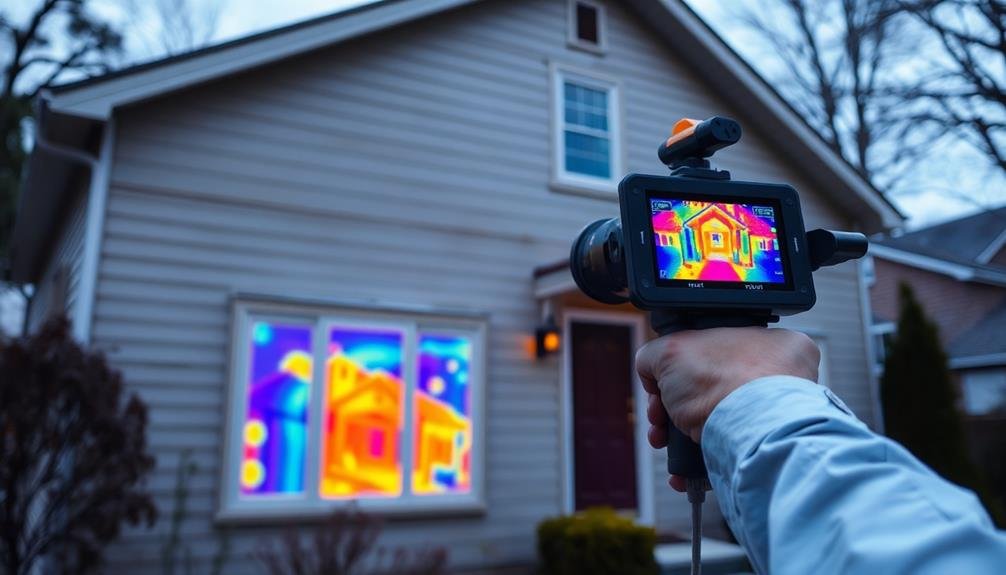
Thermal imaging offers significant advantages when inspecting properties.
You'll benefit from enhanced defect detection, allowing you to identify issues that might be invisible to the naked eye.
This non-invasive assessment method enables you to evaluate a building's energy efficiency without causing any damage, making it an invaluable tool for property professionals.
Enhanced Defect Detection
A game-changer in property inspections, thermal imaging technology greatly enhances defect detection capabilities. You'll spot issues that traditional visual inspections might miss, giving you a more thorough understanding of a property's condition.
With thermal imaging, you can identify hidden moisture problems, pinpointing areas of water damage or potential mold growth. It reveals insulation gaps and thermal bridges, helping you assess a building's energy efficiency.
You'll detect electrical hotspots, which could indicate faulty wiring or overloaded circuits, potentially preventing fires.
Thermal cameras also uncover structural issues like cracks or weaknesses in walls, roofs, and foundations. You'll find air leaks around windows and doors, improving energy conservation efforts.
The technology helps locate hidden pests by detecting their body heat or the damage they cause.
Non-Invasive Assessment Method
One of the most significant advantages of thermal imaging in property inspections is its non-invasive nature. You won't need to drill holes, remove drywall, or dismantle structures to assess a property's condition. This method allows you to identify potential issues without causing any damage or disruption to the building.
With thermal imaging, you can quickly scan large areas of a property, detecting temperature variations that may indicate hidden problems. You'll be able to locate moisture intrusion, air leaks, electrical hotspots, and insulation deficiencies without touching the surfaces.
This non-destructive approach is particularly valuable when inspecting historical buildings or occupied properties where minimal disturbance is essential.
You'll save time and resources by avoiding unnecessary exploratory work. Thermal imaging helps you pinpoint exact problem areas, allowing for more targeted and efficient follow-up investigations if needed.
It's also an excellent tool for preventive maintenance, as you can identify developing issues before they become visible to the naked eye. By using this non-invasive technique, you'll provide property owners with thorough assessments while maintaining the integrity of their buildings.
Energy Efficiency Evaluation
Beyond its non-invasive nature, thermal imaging plays a key role in evaluating energy efficiency during property inspections. You'll find this technology invaluable for identifying areas of heat loss, poor insulation, and air leaks in buildings. By detecting temperature variations, thermal cameras reveal hidden issues that contribute to energy waste.
You can use thermal imaging to pinpoint specific problem areas, such as gaps in wall insulation, poorly sealed windows and doors, or inefficient HVAC systems. This allows you to prioritize energy-saving improvements and provide accurate recommendations to property owners.
You'll be able to visualize heat patterns, helping you assess the effectiveness of existing insulation and identify opportunities for upgrades.
Thermal imaging also enables you to detect moisture intrusion, which can impact a building's energy performance. By identifying these issues early, you can prevent further damage and maintain ideal energy efficiency.
Additionally, you can use thermal scans to evaluate the performance of radiant heating systems and locate potential blockages or leaks in pipes. This thorough approach to energy efficiency evaluation helps you provide more accurate assessments and valuable insights to your clients.
Detecting Hidden Structural Issues

Thermal imaging frequently uncovers hidden structural issues that might otherwise go unnoticed during property inspections. You'll find that this technology can detect moisture intrusion, insulation gaps, and hidden leaks behind walls or under floors. By identifying temperature differences, thermal cameras reveal areas of concern that aren't visible to the naked eye.
When you're examining a property, thermal imaging helps you spot potential structural problems like cracks in foundations, roof damage, or compromised load-bearing walls. It's particularly useful for detecting water damage, which can lead to mold growth and structural weakening if left unchecked.
You'll also be able to identify areas of heat loss or gain that may indicate insulation failures or air leaks.
Using thermal imaging, you can pinpoint electrical issues such as overheating circuits or faulty wiring before they become fire hazards. This technology also helps you locate pest infestations by detecting subtle temperature variations caused by their presence.
Energy Efficiency Assessment

A major advantage of thermal imaging in property inspections is its ability to assess energy efficiency. You can quickly identify areas of heat loss or gain, allowing you to pinpoint where a building's energy performance is lacking. This technology reveals insulation gaps, air leaks, and thermal bridges that aren't visible to the naked eye, helping you make informed decisions about energy-saving improvements.
When you're conducting an energy efficiency assessment with thermal imaging, you'll typically focus on:
- Building envelope integrity
- HVAC system performance
- Electrical system hotspots
By using thermal cameras, you're able to create a detailed heat map of a property, highlighting temperature variations that indicate energy waste. You'll spot issues like poorly insulated walls, inefficient windows, and faulty ductwork. This information is invaluable for homeowners, property managers, and potential buyers who want to reduce energy costs and improve comfort.
Thermal imaging also helps you prioritize retrofit projects by identifying the most significant sources of energy loss. You can use the data to estimate potential savings from various upgrades, making it easier to justify investments in energy-efficient improvements.
This technology has become an essential tool for energy auditors and property inspectors seeking to provide accurate, actionable information about a building's energy performance.
Enhancing Property Valuations

Property valuations can receive a notable boost from thermal imaging inspections. When you're looking to sell or refinance your property, thermal imaging reports can provide concrete evidence of your home's condition and energy efficiency. This data helps appraisers and potential buyers make more informed decisions, often resulting in higher valuations.
You'll find that thermal imaging can uncover hidden issues that might otherwise go unnoticed during standard inspections. By addressing these problems proactively, you're increasing your property's value and appeal. For instance, identifying and fixing insulation gaps or moisture intrusion can notably improve your home's energy performance and structural integrity.
Moreover, if you've invested in energy-efficient upgrades, thermal imaging can validate their effectiveness. This visual proof can justify higher asking prices and set your property apart in competitive markets.
Lenders also view properties with documented energy efficiency more favorably, potentially offering better mortgage terms.
Identifying Moisture and Water Damage

Thermal imaging can revolutionize your ability to identify moisture and water damage in properties.
You'll be able to detect hidden leaks that aren't visible to the naked eye, and pinpoint areas where insulation deficiencies may be allowing moisture to accumulate.
This technology also helps you assess potential mold risk areas by revealing temperature differences that could indicate dampness or water intrusion.
Detect Hidden Leaks
Hidden menaces lurk behind walls and under floors, threatening your property's integrity.
Thermal imaging technology empowers you to detect hidden leaks before they escalate into costly disasters. By capturing infrared radiation emitted by objects, thermal cameras reveal temperature variations that indicate the presence of moisture or water intrusion.
When conducting a property inspection, you'll find thermal imaging invaluable for pinpointing leak sources.
These cameras can detect:
- Plumbing leaks within walls or under floors
- Roof leaks and areas of water infiltration
- Condensation issues in HVAC systems
You'll quickly identify problem areas without the need for invasive techniques.
Thermal imaging allows you to see through surfaces, revealing cooler spots where water has accumulated or is actively leaking. This non-destructive method saves time and money by targeting specific areas for further investigation.
Pinpoint Insulation Deficiencies
You'll find thermal imaging equally effective at exposing insulation deficiencies and identifying moisture-related issues.
When scanning your property, thermal cameras reveal temperature variations that indicate where insulation is missing, compressed, or improperly installed. These cold spots appear as darker areas on the thermal image, showing where heat is escaping and energy efficiency is compromised.
Moisture problems are also readily apparent through thermal imaging. Water-damaged areas retain heat differently than dry materials, creating distinct temperature patterns. You'll spot potential leaks, condensation issues, or areas of high humidity before they escalate into more severe problems. This early detection allows you to address water intrusion promptly, preventing mold growth and structural damage.
By using thermal imaging, you can:
- Locate gaps in wall, floor, or ceiling insulation
- Identify poorly insulated areas around windows and doors
- Detect moisture accumulation in walls, ceilings, and roofs
- Find hidden plumbing leaks
- Assess the effectiveness of your property's overall insulation
With this technology, you'll gain a thorough understanding of your property's insulation integrity and moisture status, enabling targeted improvements and preventive maintenance.
Assess Mold Risk Areas
Beyond identifying insulation issues, thermal imaging proves invaluable in evaluating areas at risk for mold growth. By detecting temperature variations and moisture patterns, thermal cameras can reveal hidden water damage and potential mold hotspots that aren't visible to the naked eye.
You'll be able to pinpoint areas of concern before they escalate into costly problems.
When examining mold risk areas with thermal imaging, you'll focus on:
- Temperature differentials that indicate moisture buildup
- Cold spots on walls, ceilings, or floors that may suggest water intrusion
- Irregular patterns in building materials that could signal dampness
These indicators help you identify potential water damage sources, such as leaky pipes, roof issues, or poor ventilation.
By catching these problems early, you'll prevent mold growth and protect the property's structural integrity.
You can use thermal imaging to scan bathrooms, kitchens, basements, and other moisture-prone areas quickly and efficiently.
This technology enables you to make informed decisions about necessary repairs or preventive measures, ultimately saving time and money while ensuring a healthier living environment for occupants.
Electrical System Inspection Applications

Thermal imaging offers numerous applications for electrical system inspections, making it an invaluable tool for property managers and inspectors. You'll find that this technology can detect issues invisible to the naked eye, helping you identify potential hazards before they become dangerous.
When inspecting electrical systems, thermal imaging cameras can reveal:
| Issue | Detection Method |
|---|---|
| Overloaded circuits | Locating abnormally hot connections |
| Loose connections | Identifying hot spots on terminals |
| Faulty breakers | Spotting temperature differences |
| Unbalanced loads | Comparing phase temperatures |
| Damaged insulation | Finding areas of heat leakage |
Roofing and Insulation Analysis
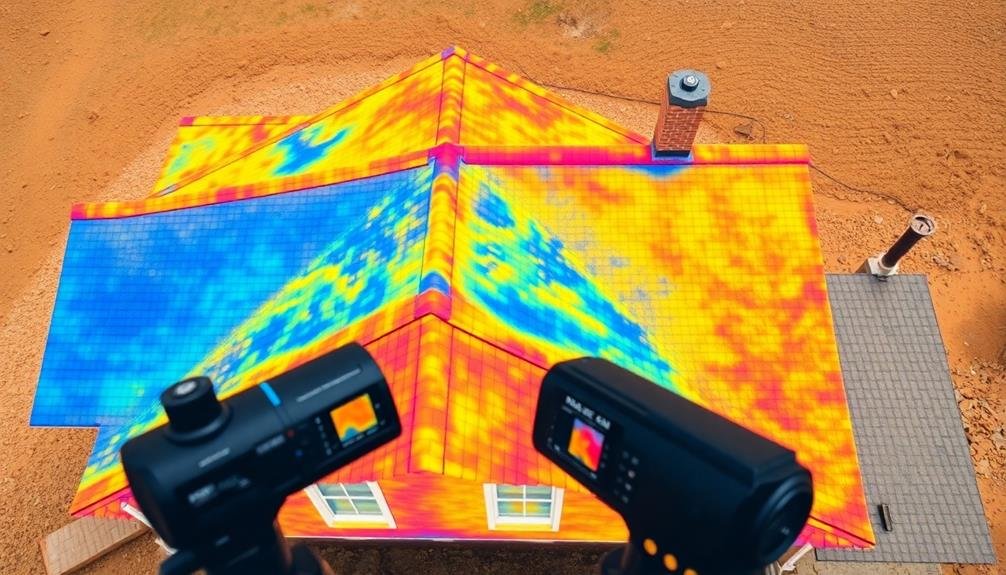
One of the most powerful applications of thermal imaging in property inspections is roofing and insulation analysis.
You'll find that thermal cameras can detect temperature differences in roofing materials and insulation, revealing issues that aren't visible to the naked eye. This technology allows you to identify areas of heat loss, moisture infiltration, and insulation gaps without invasive procedures.
When inspecting a roof, you'll be able to spot:
- Water damage and leaks
- Missing or damaged insulation
- Areas of heat loss or gain
These findings are vital for evaluating the overall energy efficiency of a building and pinpointing potential problem areas.
You'll be able to detect issues like poorly insulated attics, damaged roof membranes, or areas where moisture has compromised the roofing materials.
Pest Infestation Detection

While roofing and insulation analysis is a key application, thermal imaging also proves invaluable in detecting pest infestations. You'll find that many pests generate heat as they move and nest, making them visible on thermal cameras. This technology allows you to spot termites, rodents, and other unwanted guests hiding within walls or under floorboards.
When you're scanning for pests, look for unusual heat patterns or hot spots in areas where infestations commonly occur. Termites, for example, often create warm, moist environments that show up as distinct thermal signatures. Rodents' body heat and nesting areas will appear as bright spots on the thermal image.
You can use thermal imaging to track pest movement patterns, locate entry points, and identify the full extent of an infestation. This non-invasive method helps you detect problems early, potentially saving thousands in property damage.
It's particularly useful for large buildings or hard-to-reach areas where traditional inspection methods fall short.
Thermal Imaging in Real Estate Marketing

Real estate agents are discovering the power of thermal imaging to enhance their marketing strategies. By incorporating thermal images into property listings, you're able to showcase a home's energy efficiency and highlight its unique features.
These eye-catching visuals can set your listings apart from the competition and attract more potential buyers.
When you use thermal imaging in your real estate marketing, you're providing valuable information to prospective buyers. These images can reveal:
- Areas of heat loss or gain
- Insulation effectiveness
- Potential moisture issues
By presenting this data upfront, you're demonstrating transparency and building trust with potential buyers. They'll appreciate the additional insight into the property's condition and energy performance.
Moreover, thermal imaging can help you justify a property's asking price. If the images show superior insulation or recent energy-efficient upgrades, you can use this information to support a higher valuation.
Conversely, if thermal images reveal issues, you can address them proactively or adjust the price accordingly.
Ultimately, incorporating thermal imaging into your real estate marketing strategy can lead to faster sales, higher client satisfaction, and a reputation for thoroughness and innovation in your industry.
Legal and Privacy Considerations
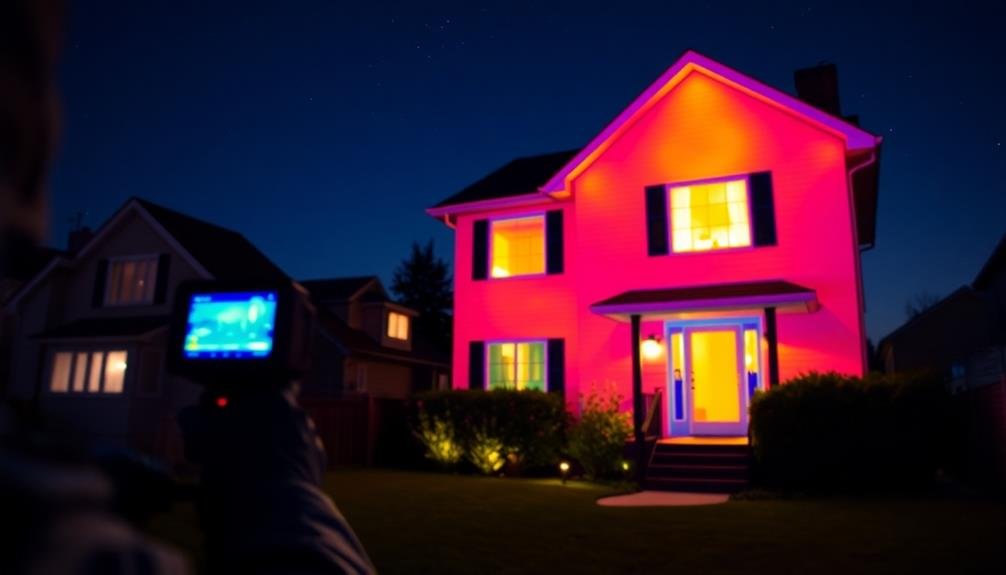
As thermal imaging gains popularity in property inspections and real estate marketing, it's important to contemplate the legal and privacy implications of this technology.
You must be aware of potential privacy concerns when using thermal cameras on residential properties. Guarantee you obtain proper consent from homeowners before conducting thermal scans, especially if the images will be used for marketing purposes.
Be mindful of local laws and regulations regarding thermal imaging. Some jurisdictions may have restrictions on its use in residential areas or require specific licenses for professional inspectors.
You should also consider the ethical implications of capturing heat signatures from neighboring properties inadvertently.
When storing and sharing thermal images, implement robust data protection measures to safeguard sensitive information.
Be transparent with clients about how their thermal data will be used and stored. Familiarize yourself with relevant privacy laws, such as GDPR in Europe or CCPA in California, if operating in those regions.
Consider potential liability issues that may arise from misinterpreting thermal images or failing to detect certain issues.
Maintain professional indemnity insurance and clearly communicate the limitations of thermal imaging to your clients to mitigate legal risks.
Frequently Asked Questions
How Much Does a Thermal Imaging Camera for Property Inspections Cost?
You'll find thermal imaging cameras for property inspections ranging from $200 to $10,000+. Budget models offer basic functionality, while high-end cameras provide advanced features and superior image quality. Consider your specific needs when choosing.
Can Thermal Imaging Detect Mold Growth Behind Walls?
You can't directly detect mold with thermal imaging, but it can help identify moisture issues that often lead to mold growth. You'll see temperature differences in damp areas, which may indicate potential mold problems behind walls.
What Training Is Required to Become Certified in Thermal Imaging Inspections?
You'll need to complete a certified thermography course, which typically includes classroom instruction and hands-on training. You'll learn about infrared theory, camera operation, and image interpretation. Certification exams often require practical experience and continued education for renewal.
How Often Should Thermal Imaging Inspections Be Conducted on a Property?
You should conduct thermal imaging inspections annually for general maintenance. However, if you've experienced recent renovations, weather events, or suspect issues, you'll want to schedule more frequent inspections. It's best to consult with a certified professional for personalized recommendations.
Are There Any Health Risks Associated With Thermal Imaging Technology?
You don't need to worry about health risks from thermal imaging. It's a safe, non-invasive technology that doesn't emit radiation. You're simply capturing heat signatures, so there's no harm to you or anyone around you.
In Summary
You've seen how thermal imaging is transforming property inspections and valuations. It's not just about detecting issues; it's revolutionizing the entire real estate industry. From uncovering hidden problems to boosting energy efficiency, this technology offers invaluable insights. As you embrace thermal imaging, you'll make more informed decisions, protect investments, and stay ahead in the market. Don't overlook its potential in marketing and legal considerations. The future of property assessment is here—it's time to harness its power.
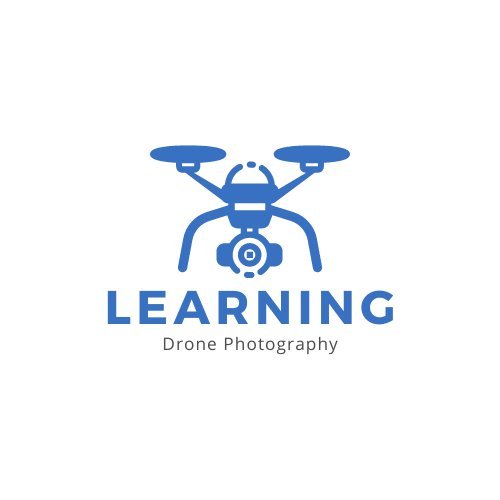
As educators and advocates for responsible drone use, we’re committed to sharing our knowledge and expertise with aspiring aerial photographers.
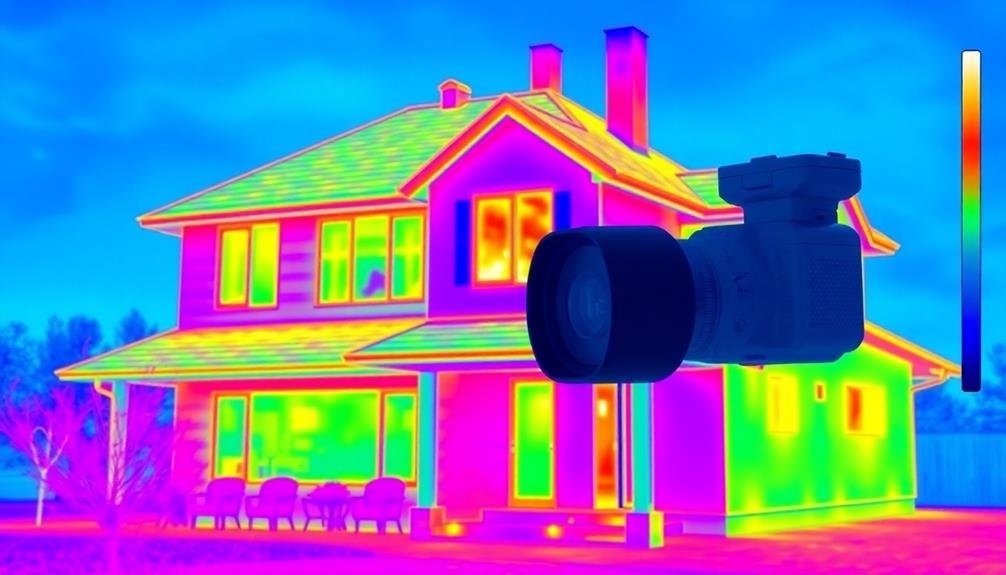
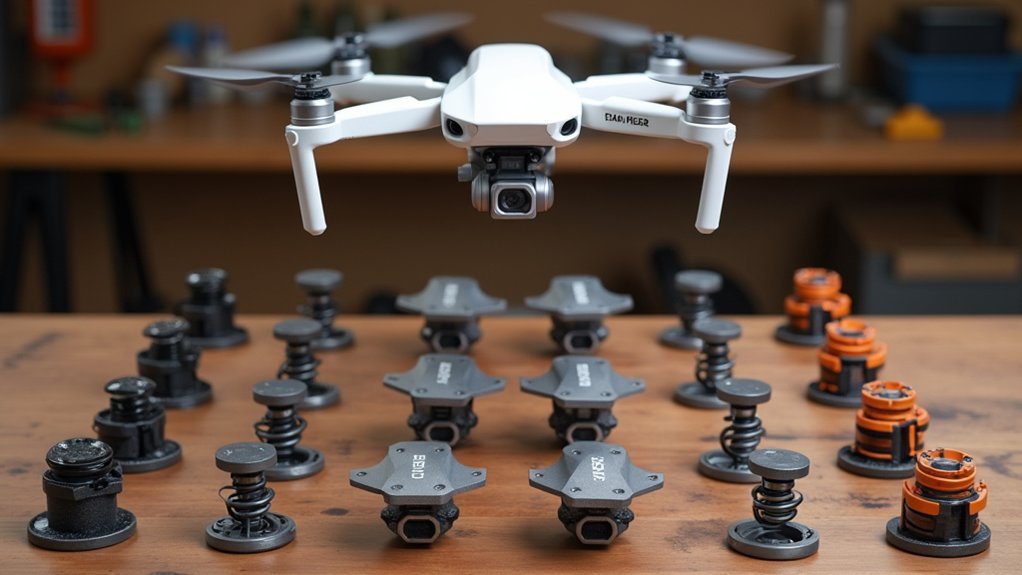
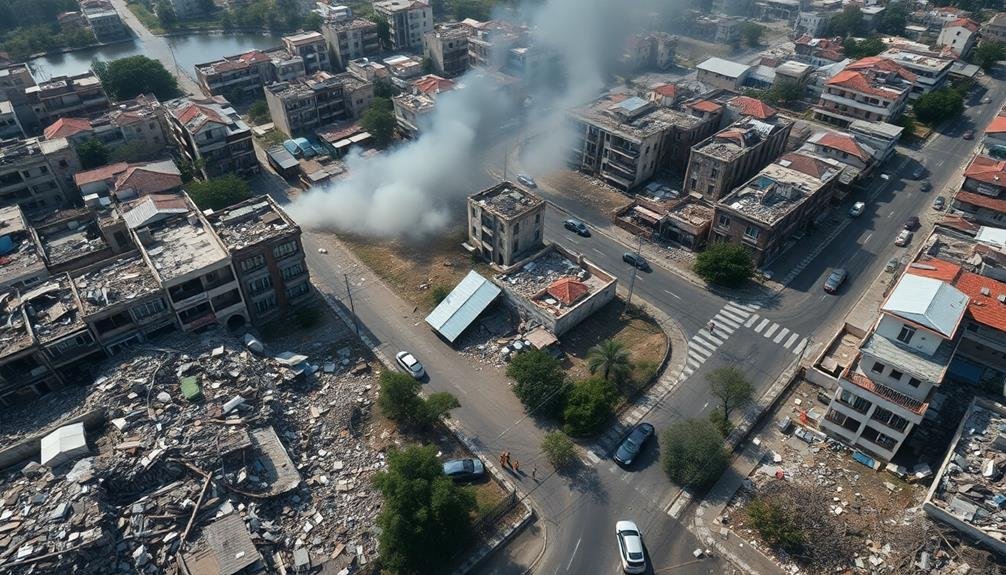
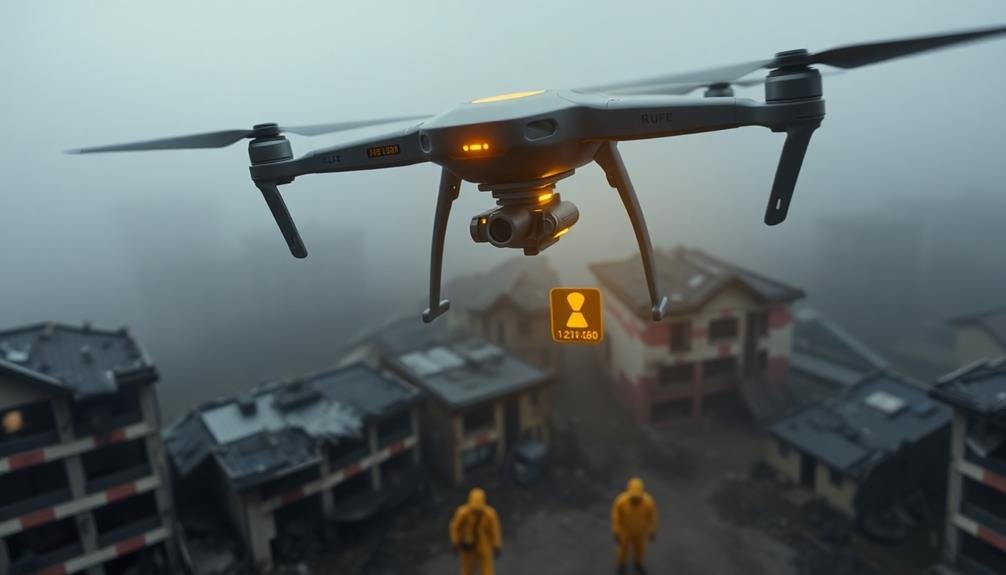
Leave a Reply